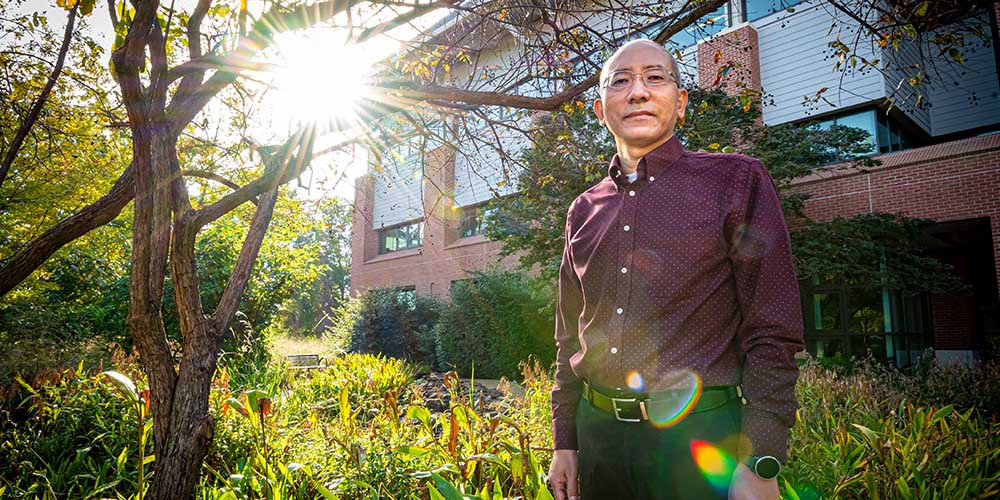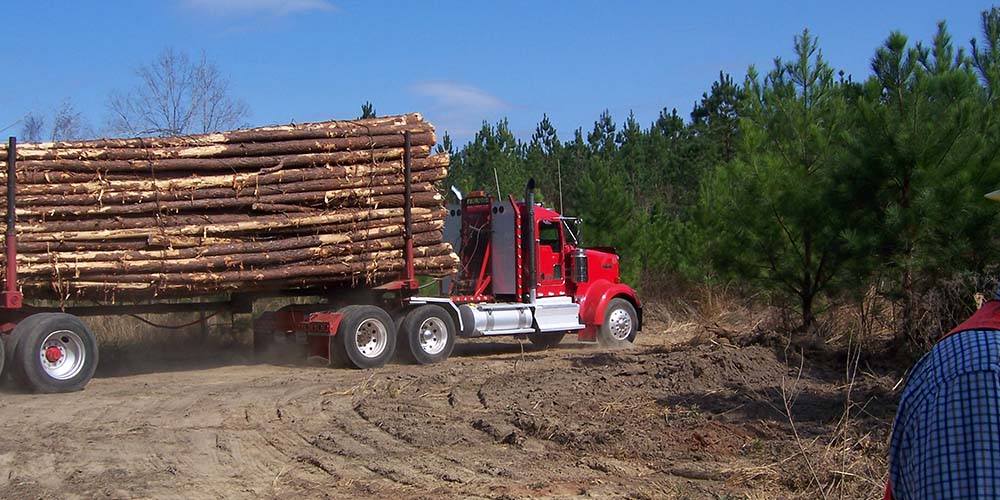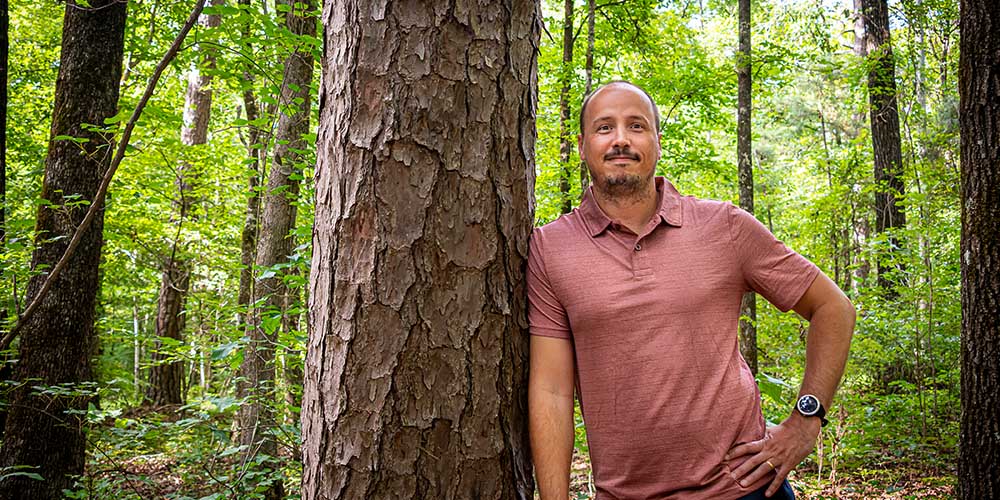Forest Economics, Management and Policy Stories

Assessing Timberland Sales Over the Long Term
Like government and industry owned land, private forestland provides fresh water, habitats for fish and wildlife, recreational opportunities, and wood products. However, frequent resale activity for immediate profit can potentially threaten the long-term stability of timberland management and ecosystems on these properties. A team of Forest and Wildlife Research Center scientists, led by Dr. Edwin Sun, partnered with scientists from The Ohio State University and the University of Georgia to study the turnover of private forest land in Mississippi from 1999 to 2019. The team studied 18,783 parcels of private forestland in Mississippi counties with varying geographical locations, populations, socioeconomic conditions, and proximity to urban centers. They found that about 46% of these parcels were sold at least once over the 21 years, with the maximum being nine times.
The properties that changed ownership during this time were sold an average of 1.5 times, with an average ownership duration of about five years. While further studies are needed to understand the broader impacts of ownership fragmentation on forestland management, timber production, and ecosystems, Sun sees this knowledge having implications for policy improvements, such as tax or cost-share programs, that encourage and reward longer-term ownership. This research is funded by the USDA McIntire-Stennis capacity grant and the Forest and Wildlife Research Center.
2022

From Forest Floor to Mill Door, FWRC Researchers Keep Wood Moving
Bridge closures due to structural problems are an increasing problem in Mississippi, and they create difficulties for logging transportation. FWRC researchers conducted a two-year study led by principal investigator Dr. Shaun Tanger, assistant forestry professor and extension specialist at the Coastal Research and Extension Center. The team aimed to find ways to streamline the transportation process, saving the industry time and money. Co-principal investigator Dr. Eric McConnell, an assistant professor in the forestry department, said that little research has been done on infrastructure's financial impacts on the industry. Dr. John Auel, former assistant extension professor, found that about 40 percent of the cost of logging goes to transportation, which in 2020, was $665 million in Mississippi alone.
Forestry professor and co-principal investigator Dr. Robert Grala said that the team would look at the state's mills and available timberland around each, while assessing regional roads and bridges, to determine the optimal and most cost-effective forest-to-mill routes. This study serves as a blueprint for how infrastructure impacts an entire industry across the state and could serve as a model in the future for infrastructure's economic impact on other industries state and region-wide.
2021

Assisting Forest Landowners in Marketing Their Trees
America's forests sequester 866 million tons of carbon a year, or roughly 16% of the country's annual emissions. Today, landowners can join carbon programs, which pay them for contributing to the carbon sink by postponing timber harvests for at least one year. FWRC scientists including Dr. Bruno Silva, assistant professor of forest management and economics, are building a formula-based tool for landowners to make decisions on whether to harvest or join a carbon program, depending on the characteristics of their properties and the current market conditions. To that end, the team has been working with companies such as NCX to connect landowners with corporations interested in the carbon sequestration of a landowner's trees. Dr. Shaun Tanger, assistant forestry professor and extension specialist at the Coastal Research and Extension Center, added that the tool developed by the MSU team will help determine which landowners would benefit most from these programs.
Tanger said that extending tree rotations is the cheapest, most effective method for carbon sequestration, and that the tool makes the decision clear and easy for landowners.